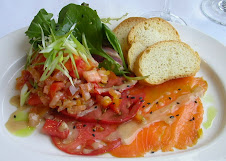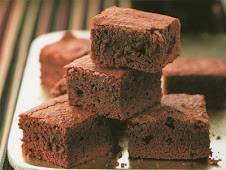
What’s a spice? A spice may be the bud (clove), rhizome (ginger), bark (cinnamon), berry (peppercorn), aromatic seed (cumin), or flower stigma (saffron) of a plant.
Nutrition research supports new reasons to season dishes with herbs and spices including cinnamon, oregano, ginger, red pepper and yellow curry powder. Blueberries, pomegranates and other deeply colored fruits might be famous for their high antioxidant content; but it turn out that some spices rank really high, too.
One teaspoon of cinnamon has the disease fighting antioxidant control of a full cup of pomegranate juice or half cup of blueberries. The specific kind of antioxidant compounds found in cinnamon called polyphenols have been shown to help regulate blood sugar levels and fight inflammation which can raise risk for heart disease and diabetes.
Of course one of the best ways that spices can give to the enjoyment of a healthy diet is by taking the place of other seasonings that are high in fat, sugar or salt. Herbs and spices are classified as salt-free and calorie-free.


























No comments:
Post a Comment